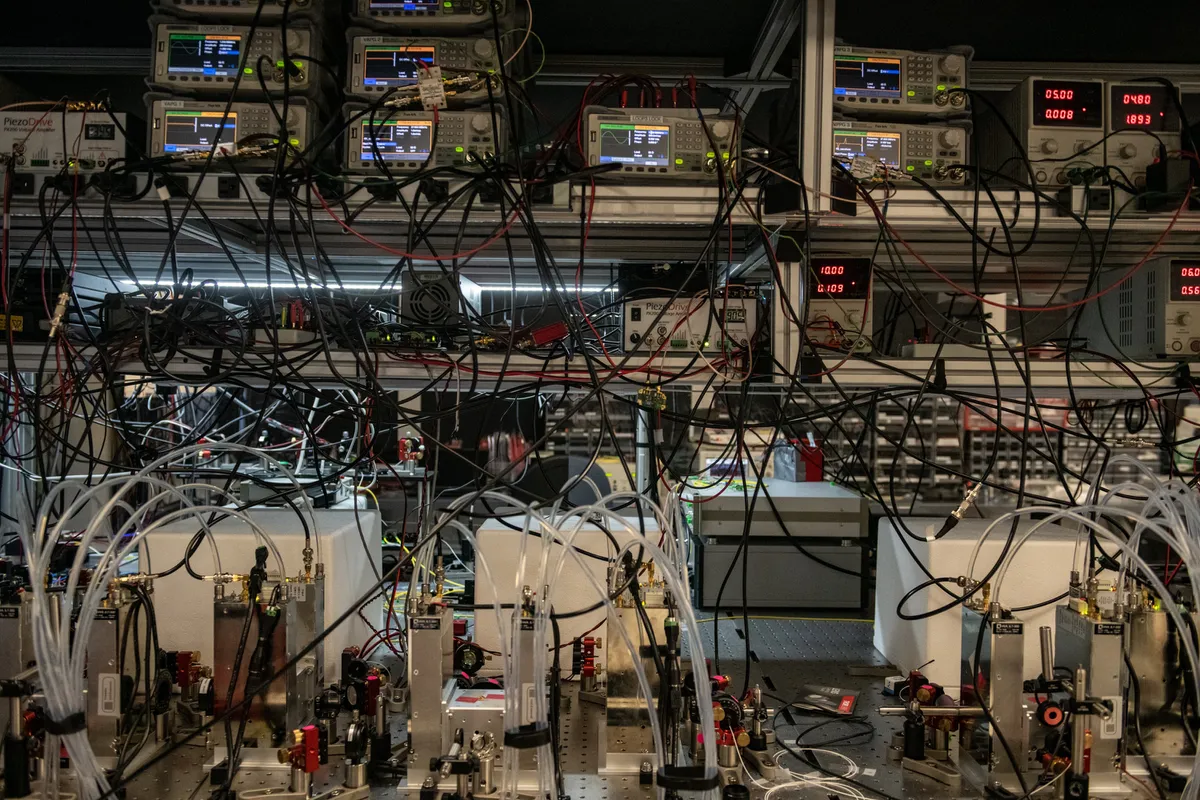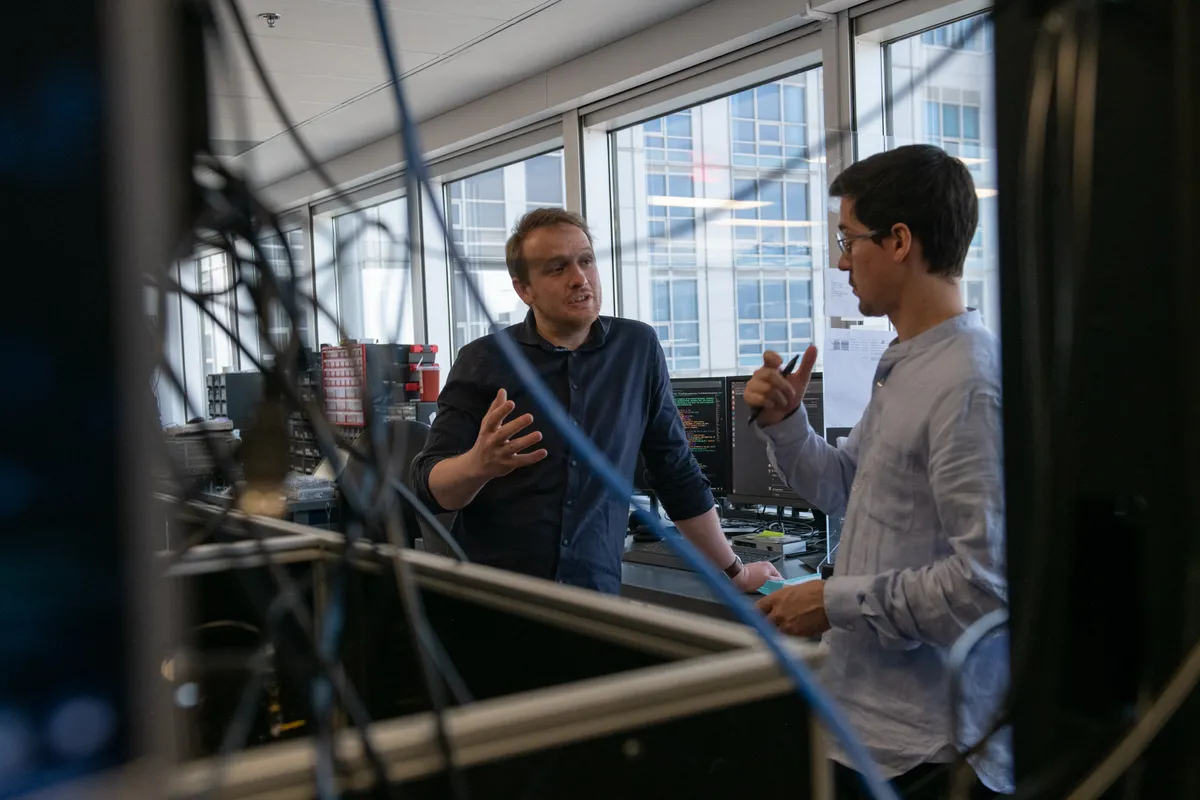A quantum photon processor reported by the British journal Nature on the 1st can complete a task that takes more than 9000 years for a supercomputer to complete in only 36 microseconds. The system is an improvement over the photonic devices demonstrated in the past, and may represent a key step towards the creation of quantum computers.
A key goal of quantum devices is to surpass classical systems and establish "quantum superiority", but so far only a few experiments have reported this achievement. One of the ways to demonstrate the superiority of quantum systems over classical computers is to compare the speed of sampling from the unknown probability distribution describing the propagation characteristics of photons through the network, which is called Gaussian Bose sampling. One can calculate the time required for a classical computer to perform the task. There is a threshold for the number of photons, on which the classical computer cannot complete the calculation in a reasonable time.

The experiments reported in the past to realize Gaussian Bose sampling use up to 113 photons to propagate in a fixed mirror and lens network. This time, the experiment reported by jonathanlavoy, a researcher of Canada's "Xanadu" company, and his colleagues was carried out on a programmable photon single processor, which can detect up to 219 photons (125 on average). They proposed that this is the largest quantum superiority photon experiment reported so far. Compared with other photon experiments, the performance improvement can be attributed to the simplification of photon detection experiments, the introduction of programmability and the reduction of vulnerability to "deception" (meaning that quantum results can be repeated by classical algorithms).

This experiment is very attractive, because compared with the previous principle verification experiment, the programmable photon processor is closer to the possible form of quantum commercial equipment.

In a news and opinion article published at the same time, danielbroder, a researcher at the Federal University of Fluminense in Brazil, wrote that the work of Lavoie and his colleagues has solved technical problems and may enable them to "lead in the long-term race towards a viable quantum computer".